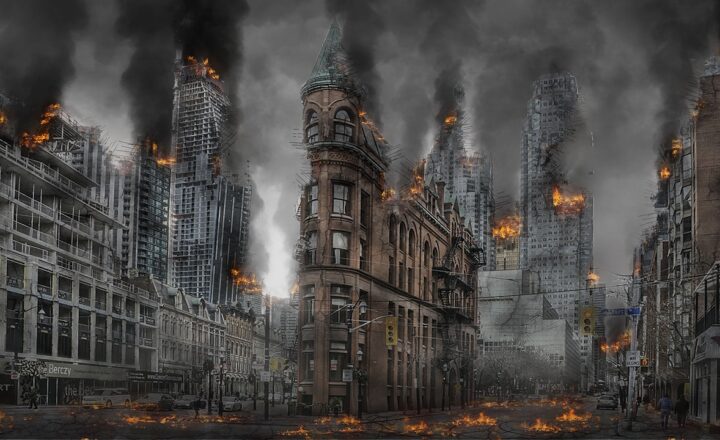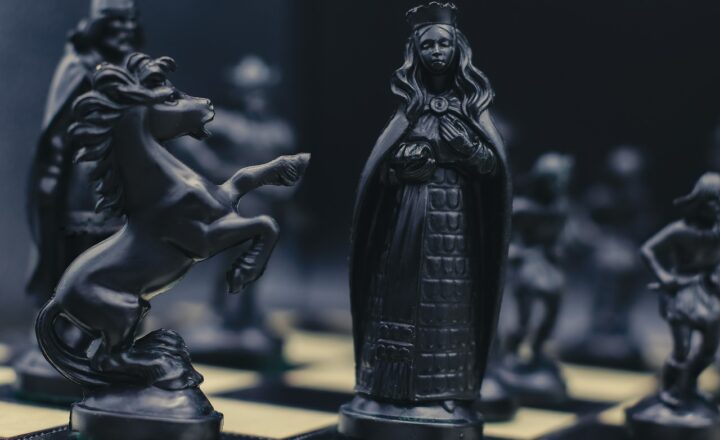The Symbolism of Iron in Folklore and Mythology: A Metal of Strength and Resilience
November 14, 2024

Iron, one of the most abundant elements on Earth, has held a prominent place in folklore and mythology across cultures for centuries. Revered for its strength and durability, iron has been the backbone of civilizations, inspiring stories and legends that reflect its qualities. From myths that depict it as a metal of protection to tales emphasizing its magical properties, the symbolism of iron is complex and multifaceted.
1. The Historical Significance of Iron
Iron has played an essential role in human history, especially during the Iron Age, when it began to replace bronze for tools and weapons. This transition brought about substantial changes in agriculture, warfare, and every aspect of daily life. As societies became more advanced, iron’s strength allowed for the development of sturdy structures and various technologies.
In folklore, these historical attributes are often amplified, transforming iron into a symbol of power and endurance. Many cultures regard iron as a gift from the gods, symbolizing not just physical strength but also the strength of character and resilience in the face of adversity.
2. Iron in Mythology: Protection and Magic
Various myths connect iron with protection from evil forces. In Norse mythology, iron was believed to be a protective element against trolls and other malevolent spirits. It was common practice to hang iron objects, such as horseshoes or nails, around homes to ward off these dark entities. The iron nail symbolizes the firmness of one’s resolve against misfortune.
Similarly, in many cultures, iron was regarded as a magical metal, one that possesses powers beyond the material. In Celtic folklore, iron swords were often enchanted. These swords were thought to contain the strength of the earth, capable of cutting through the supernatural forces that threatened humanity.
Through these legends, iron embodies the dual nature of strength – earthly power versus otherworldly challenges.
3. The Symbolism of Iron in Folklore
Folklore often uses iron to represent a multitude of human experiences and themes. For instance, iron is frequently associated with craftsmanship, resilience, and a connection to the elemental. Blacksmiths, with their ability to forge iron into weapons, tools, and art, are often portrayed as figures of significant societal power. In African mythology, the blacksmith is revered as a creator who harnesses natural forces, transforming raw materials into valuable items, thus symbolizing creativity and transformation.
In stories, iron may also symbolize the struggle between good and evil. Many tales describe heroes wielding iron weapons to defeat evil forces or dragons. The sword made of iron becomes not only a tool but a testament to a hero’s resolve and virtue.
Iron’s forge and its transformative power reflects personal growth and overcoming life’s tribulations, making it a fitting symbol for resilience and determination.
4. Iron in Cultural Beliefs
Across cultures, the symbolic representation of iron varies, yet certain themes remain consistent. In Hindu mythology, iron holds importance as it is often compared to the strength of deities. The famous tales of iron being strengthened by the power of prayer and devotion indicate its spiritual connection to perseverance and faith.
In Chinese culture, iron is associated with the element of metal, representing tenacity and firmness. Chinese folklore includes stories in which heroes wield iron weapons to conquer formidable enemies. Iron in this context symbolizes the resilience of the human spirit in the face of overwhelming odds.
Each culture’s belief system enhances the significance of iron, embedding within it a collective understanding of human strength and resilience.
5. The Iron Age and Its Folklore
The advent of the Iron Age marked a turning point in many civilizations, and with it came rich narratives that reflected societal changes. As communities adapted to iron, myths about the metal flourished, celebrating not just technological advancement but the human spirit’s resilience. Just as iron was forged in fire, the stories that emerged from this age often reflected trials, tribulations, and the eventual triumph.
For example, in Greek mythology, Hephaestus, the god of blacksmiths, exemplifies the craft and artistry involved with iron. He is depicted as a master craftsman who creates not just weaponry but also tools and luxurious items, emphasizing that iron is not merely a means of survival but an avenue for creativity and progress.
Through these tales, iron symbolizes human ingenuity and the drive to both survive and thrive.
6. Conclusion: The Enduring Symbol of Iron
The imagery and symbolism of iron in folklore and mythology reflect humanity’s deep-rooted connection with the element. Whether it symbolizes strength, resilience, protection, or creativity, iron is more than a mere metal; it embodies the spirit of human experience—the trials we endure, the power we wield, and the triumphs we achieve over adversity.
As we delve into the rich tapestries of folklore around the world, iron remains a guiding symbol, echoing through myths, reminding us that strength lies not just in the material, but in our collective resolve against challenges and our indomitable spirit to forge ahead.
By understanding the symbolism of iron across cultures, we gain insight into our shared humanity and the values that continue to resonate, inspiring us to be strong and resilient in our own lives.







